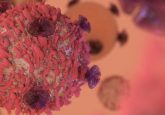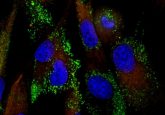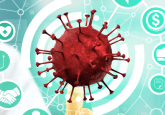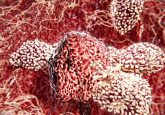State-of-the art advances in fertility preservation for the male cancer patient
In an era in which 80% of children and young adolescents who are diagnosed with cancer will survive and achieve cure, male fertility preservation is no longer considered a luxury, but a part of the therapeutic intervention and the standard of care. According to the American Society of Clinical Oncology (ASCO) guidelines 2013, as a component of patient education and an informed consent before cancer therapy, healthcare providers should address the gonadotoxic effect of cancer treatments, and discuss fertility preservation methods with patients prior to the onset of therapy [1].
Studies have shown that at the time of cancer diagnosis, 40–63% of men already have impaired sperm quality including low counts, and poor motility or morphology [2]. With the addition of chemotherapy and/or radiation, many of these patients will become azoospermic (no sperm in the ejaculate) leading to prolonged and, in many cases, permanent infertility. While the effect of radiation therapy is dose-dependent, toxicity from chemotherapy depends on the type of agents used with alkylating agents causing the most germ cell damage in the testis [3].
Click here to view the full article in Future Oncology.




